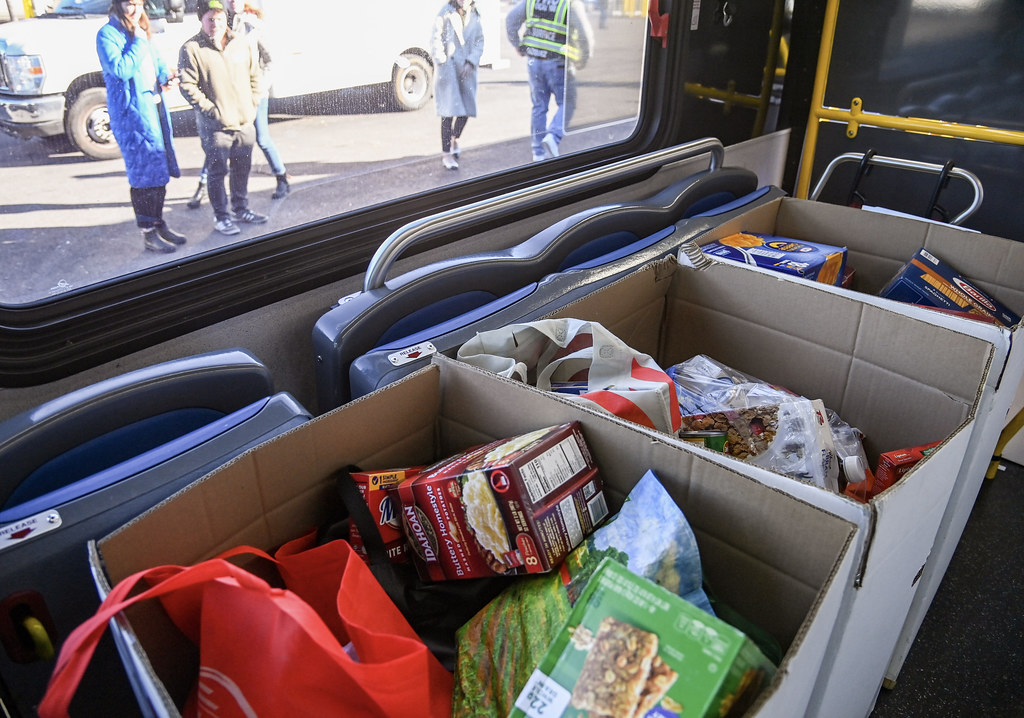By: Selina Xu
As defined by the U.S. Department of Agriculture (USDA), food insecurity refers to the reduced quality of someone’s diet and the inaccessibility of nutritious and plentiful food.
In 2022, 17 million U.S. households suffered food insecurity, according to the USDA. These families relied on food assistance programs or food pantries to fulfill their dietary needs. Many of the 17 million households experience real hunger. Others may eat food that is not nutritious or adequate for good health.
Whatever the reason, lack of food is a burden for millions of people living in the United States. Those living in poverty struggle to provide proper nourishment for themselves and their families. Impoverished communities do not have the means or resources to afford the food they need to sustain themselves.
Even if food is affordable, it isn’t always healthy. Many fast food restaurants or convenience stores offer low-cost options to customers. However, the food often does not provide proper nutrition.
Sometimes, there are no available options for healthy food in many areas. The long distance some people face to get to a grocery story or supermarket means they llve in what are called “food deserts,” where access to nutritious food is difficult.
People who are unemployed also may face food insecurity. Without a steady income, families do not have the money to buy food that is often expensive. This is also true for people in marginalized communities and minorities, who may be more susceptible to food insecurity due to racial and ethnic discrimination.
These communities can find it hard to find jobs or homes in areas near supermarkets due to prejudice and inequity, making it even harder for them to properly sustain themselves.
Dealing with food insecurity will require a comprehesive approach to address the many factors contributing to the problem in our society.
There is no time to waste to find a solution to food insecurity, and food pantries and food banks can provide immediate help. They offer free, nutritious, food to anyone who needs it. Food pantries often are located in churches or nonprofit buildings, and they rely on food banks to keep their shelves stocked.
Food banks are storage-like facilities that collect donations from individuals, grocery stores, and other organizations. They transport these items to food pantries and other meal programs, which then provide the food to needy families.
Many food banks desperately need more donations. In an interview with Fox News, Central Pennsylvania Food Bank CEO Joe Arthur said food banks are struggling to meet the high demand. He is asking the community for help.
Donating to local pantries, starting fundraisers, hosting food drives, and volunteering at food banks are all solutions to help relieve families of hunger. One donation can make an incredible difference in another person’s life.
The best solution to tackle food insecurity is for the community to come together and help neighbors in need, starting with a donation to a local food bank.
Selina Xu is a student at Cumberland Valley High School and a participant in the 2024 Summer Internship & Enrichment program of the World Affairs Council of Harrisburg and PennLive. Read the article on PennLive




